Cap Sac Festival Ha Giang: Tradition of the Dao Ethnic Group
The Cap Sac Festival is an traditional event marking the passage from boyhood to manhood for the Dao ethnic community in Vietnam. It stands for maturity, responsibility, and the preparedness to assume adult tasks inside the family and society. Let MOTOGO Tours uncover this festival.
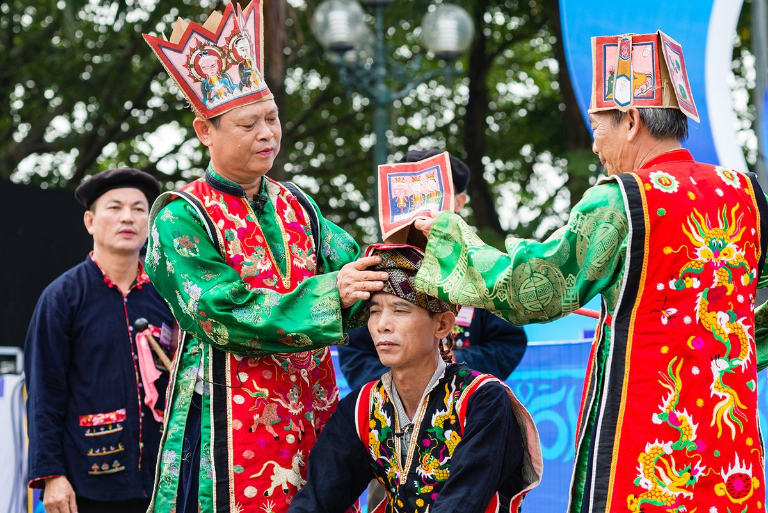
The Origins of the Cap Sac Festival
Legend and folklore abound in the background of the Cap Sac festival. The Red Dao people led peaceful lives in the mountains in ancient times, but evil spirits that surfaced to cause havoc upset their calm. Along with destroying crops and killing animals, these spirits were risking human life. Desperate, the society was in upheaval.

The Jade Emperor dispatched celestial armies to earth to fend out the evil spirits so enabling the suffering Dao people. Still, the celestial army could not completely remove all the spirits even after three months of nonstop fighting. Understanding this, the Jade Emperor gave the men of the Red Dao magical abilities and holy texts meant to enable them to cooperate with the heavenly army and thereby eradicate the wicked things.
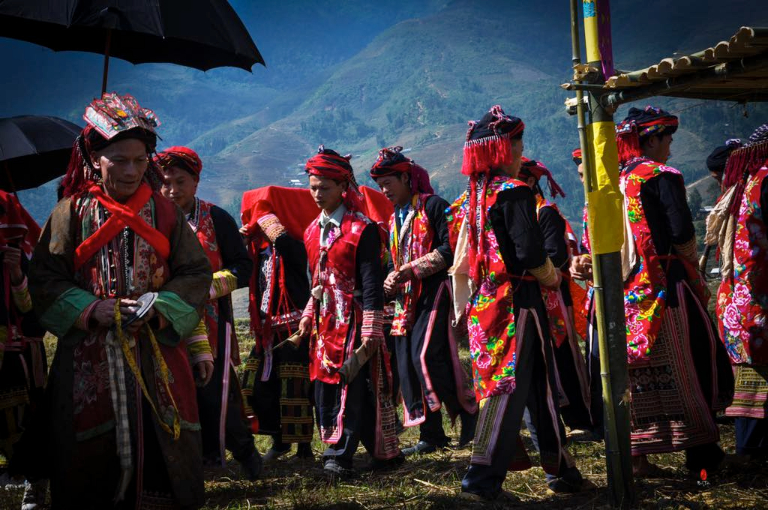
The celestial warriors and the recently enhanced Red Dao men working together effectively drove out the spirits. The Jade Emperor decided that all Red Dao males who were heads of households would go through the Cap Sac rite, obtaining the holy scrolls that stood for their obligation to defend their families and tribes, therefore ensuring that the spirits would never once more endanger the community. Since then, the event has been kept across generations as an essential cultural legacy.
The Purpose of the Cap Sac Festival
The Cap Sac Festival in Ha Giang serves as a rite of passage, marking the transition from boyhood to manhood. For the Red Dao people, regardless of age, once a boy has gone through this rite, he is seen as an adult capable of engaging in family affairs and community debates. On the other hand, an elderly man who has not yet finished the Cap Sac ceremony is still regarded as uninitiated and not completely developed.
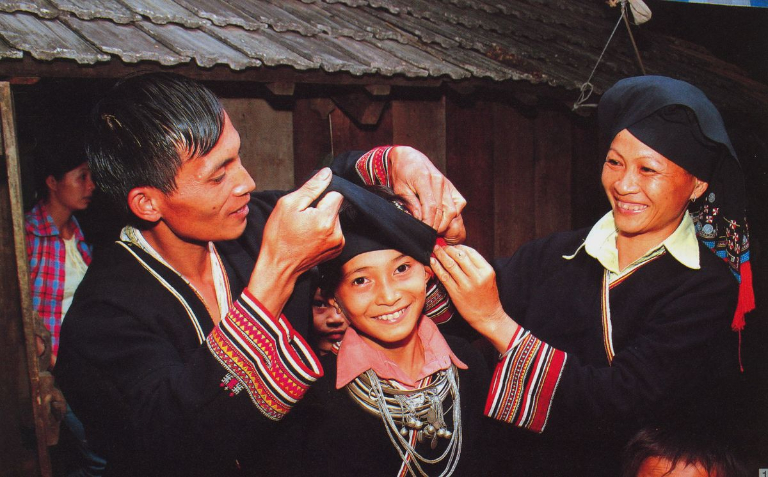
Among the Red Dao, boys as young as 12 or 13 are educated to grasp the obligations and roles of men inside their families, clans, and villages. Though the discipline is as rigorous, the youngsters are reared with careful, detailed direction.
One important traditional rite confirming a boy’s maturity is the Cap Sac one. A lad has to show his family and tribe his dedication and effort to be qualified for the ritual; they have to agree on his readiness before the process can start.
The Cultural Significance of the Cap Sac Festival
For the Red Dao people, the Cap Sac festival is a permanent emblem of cultural identity and continuity rather than only a rite of maturation. The community’s perspective is reflected in the holy customs connected with it, the way offerings are prepared, the rigorous respect to moral standards, and the great spiritual meaning of every ceremony. The continuation of this celebration emphasizes the will of the society to preserve its customs in face of contemporary influences.
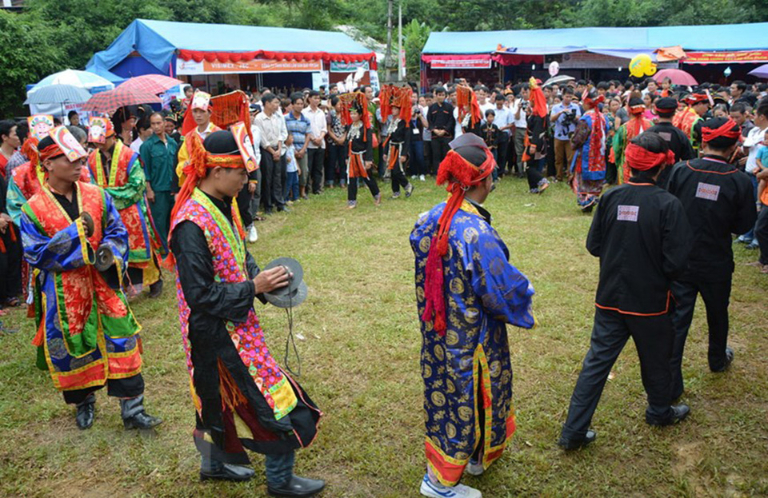
Through common ideas and customs, the ritual also functions as a live history lesson tying each generation back to their forebears. It’s a chance to strengthen ties in the community, share cultural information, and teach younger generations the value of spiritual beliefs.
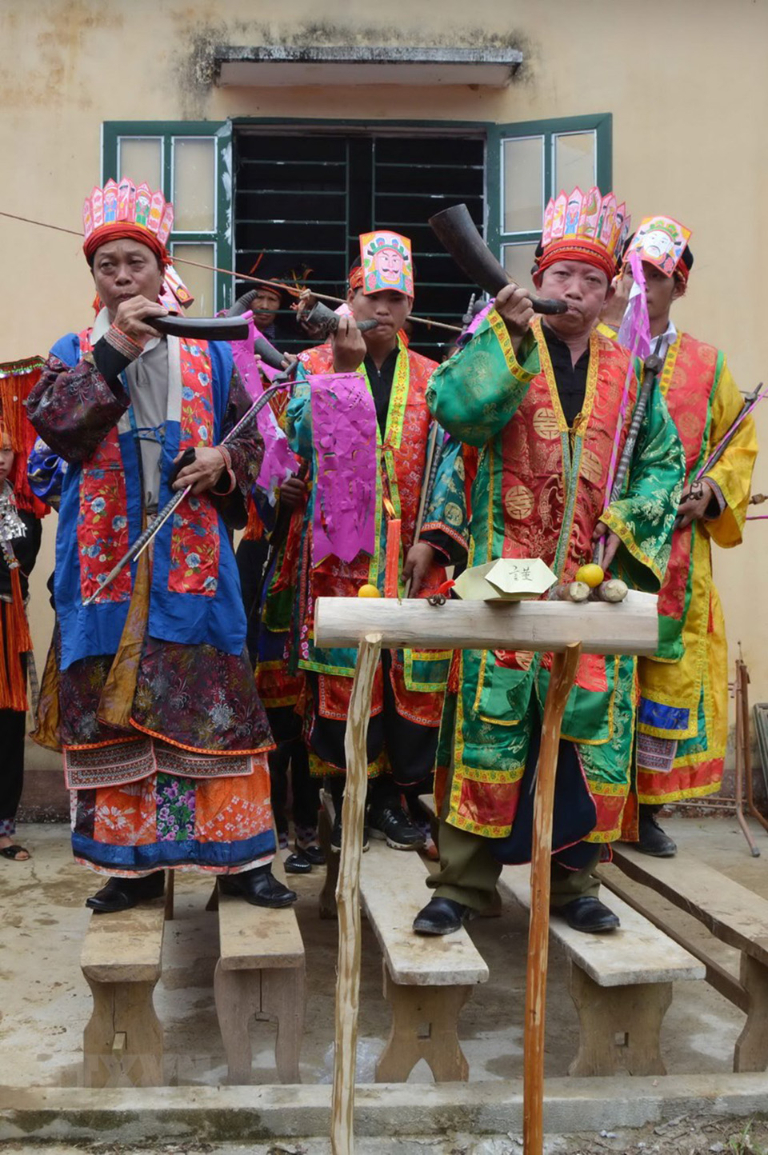
Participating in the Cap Sac ceremony helps the Red Dao not only reach a personal goal but also validate their place in the spiritual and cultural terrain of their society. Men help to preserve the vigor and robustness of their cultural legacy by continuing to get their Cap Sac at varying degrees.
When is the Red Dao’s Cap Sac Festival held?
Time-honored custom that greatly influences the spiritual and cultural lives of the Red Dao people in Vietnam’s mountainous northern area is the Cap Sac festival. Unlike other festivals in Ha Giang, such the Long Tong Festival of the Tay people or the Khau Vai Love Market Festival, the Cap Sac event does not take place on a set date.
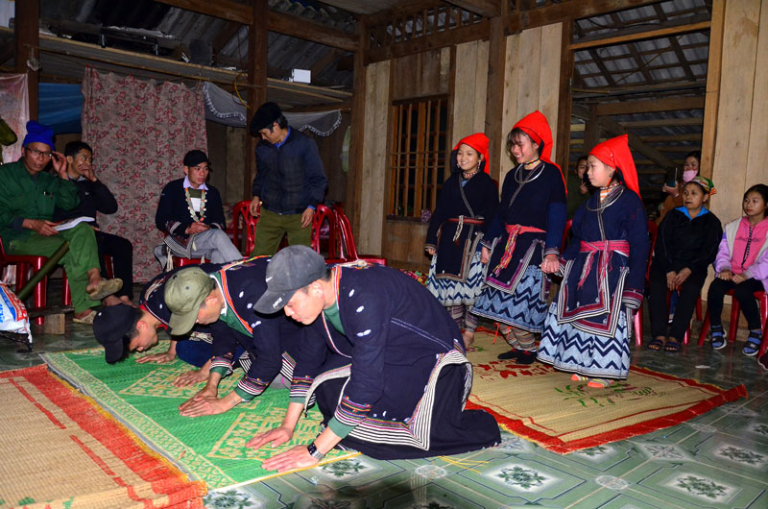
Rather, it marks a personal milestone usually when a young man approaches adulthood. This rite of passage marks not only a physical but also a spiritual awareness of adulthood and preparedness to bear the obligations of a man inside his family and society.
How the Cap Sac Ceremony is Conducted?
The Cap Sac Festival is an open event available for one person, a group of family members, or even several families from other villages as a required custom for the society. The ritual may be scaled differently and divided into several tiers depending on the demands and situation of every family or tribe.

Three lamps and thirty-six soldiers constitute the first level; seven lamps and seventy-two soldiers make the second level; twelve lamps and 120 soldiers make the third and highest level. Among these, ceremonies involving three and seven lamps are more frequent; the 12-lamp ceremony, being more grandiose, is conducted just once every 20 to 30 years.
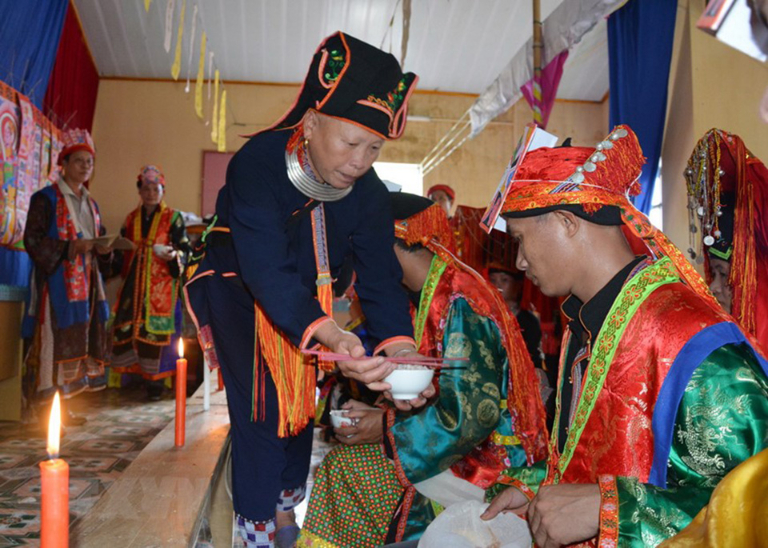
For the Dao, a man reaching a higher degree of initiation honors his family and ancestry greatly. Red Dao males are therefore urged to keep learning, develop wisdom, and prepare throughout their life to attain the greatest levels of the Cap Sac rite, therefore bringing pride and honor to their communities.
>>> Long Tong Festival: Discover the Traditional Spring Festival of the Tay People
Preparations for the Cap Sac Festival
Before the Cap Sac Festival, married couples cooperate to plan offerings and other needs, long ahead. Among the offerings are pigs, sugarcane, incense, rice, cereals, and daily goods including blankets, mats, chairs, and washbasins. These objects are carefully chosen to guarantee that the presents to the deities are of the best quality as they are fundamental for the holiness and seriousness of the event.

Apart from the family’s offerings, the head of the home could ask other members of the community to help, particularly in case of a big ceremony scheduled. Since the celebration usually draws a lot of people, participating families should bring extra food and supplies to help with the feast after the custom.
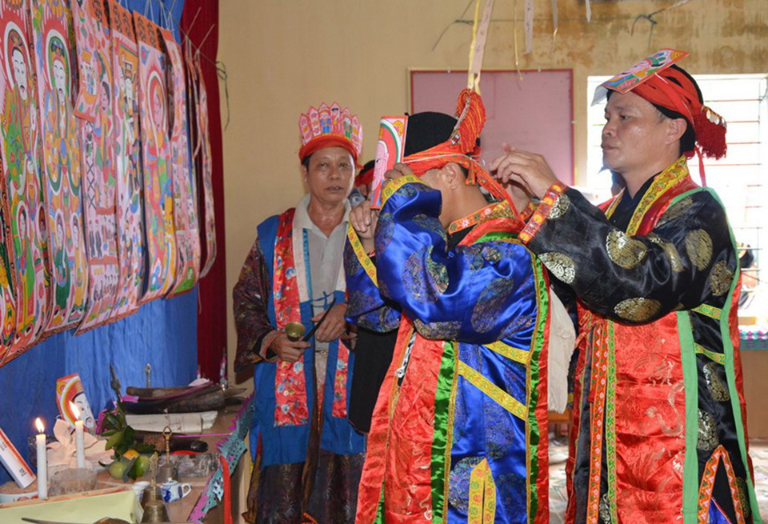
Following Dao cultural norms, the person undertaking the Cap Sac ritual must also follow 10 vows and ten prohibitions. The initiate must to avoid arguing, using harsh language, or having marital relations one week before the ritual. These rigorous guidelines underline the solemnity of the ritual and the respect the Dao people have for this historic occasion.
Rituals and Procedures During the Cap Sac Festival
The Cap Sac festival lasts three days and three nights, typically from the 9th to the 12th day of the 11th lunar month. Thirteen shamans—three head shamans and ten assistant shamans—partition their involvement. While the assistant shamans join the next day, the main shamans arrive early to direct the ceremonial activities and assign chores.
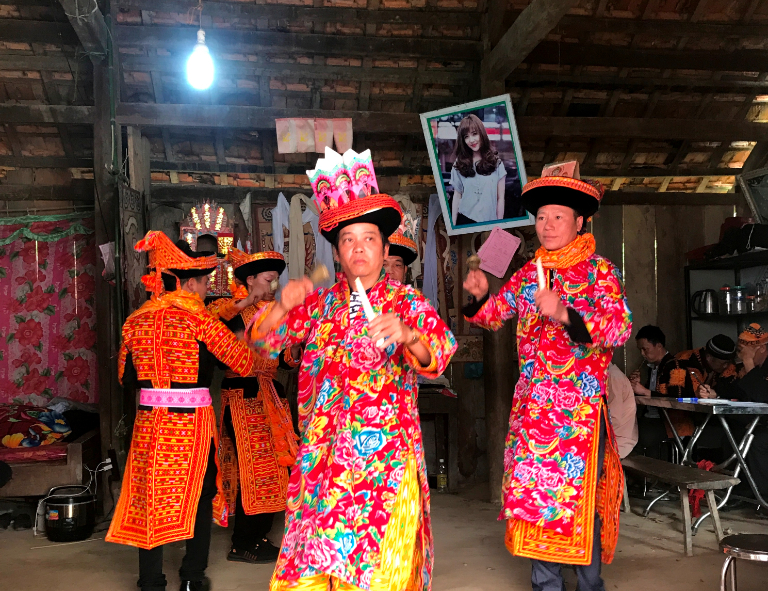
The series of rituals includes:
- Welcoming the Shamans: Starting the ritual with a polite greeting of the shamans, who are seen as essential for carrying out the holy rites
- Offering of Lamps: Presenting the lamps, which stand for light and direction, to the spiritual realm, the initiate symbolizes
- Journey to the Jade Emperor: The shamans lead the initiates in this custom figuratively.
- Receiving the Seal and Spiritual Name: The initiate is blessed with a spiritual name and a holy seal, therefore defining their new position.
- Welcoming the Spirit Warriors Back: Returning symbolic images of the angelic armies to mark the triumph over evil welcomes the Spirit Warriors Back.
- Walking on Hot Stones: Walking on hot stones is supposed to purify and boost the spirit by challenge of endurance.
- Burning Paper Offerings and Issuing the Sacred Certificate: The ceremony ends with the burning of paper effigies and the award of a certificate of spiritual emancipation to the initiate.
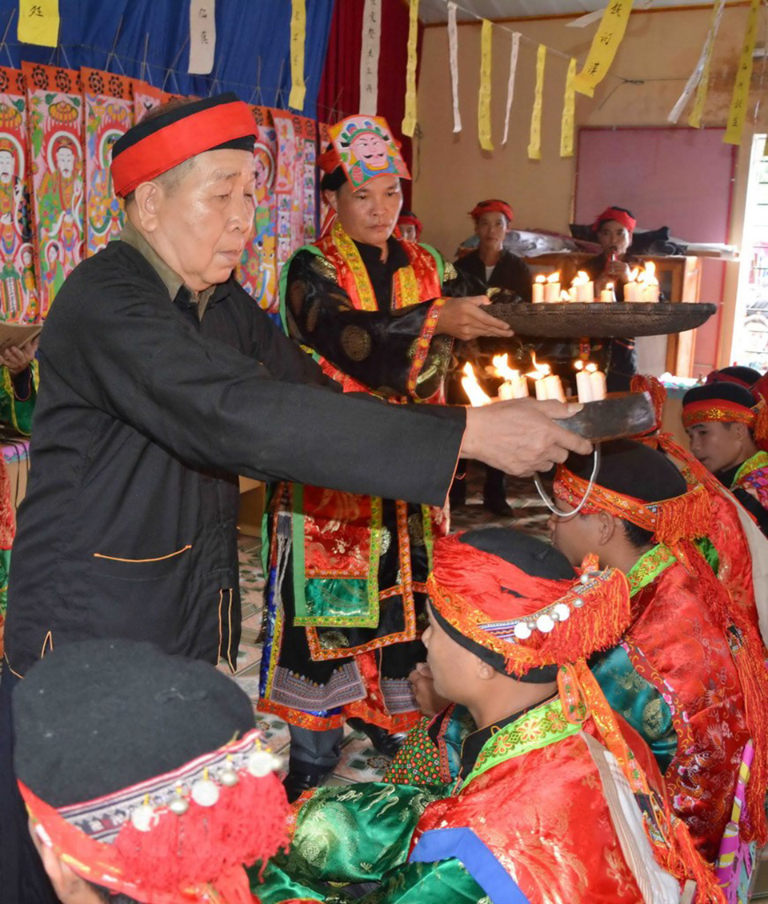
Over these three days, the celebration depends much on traditional dances. These dances, including Turtle Dance, Incense Dance, and Cane Dance, Incense Dance, combine aspects of labor and religious practice to represent the harmony between the earthly and spiritual spheres. The serious and magical ambiance of the event is improved by the dancers’ rhythmic music and motions.
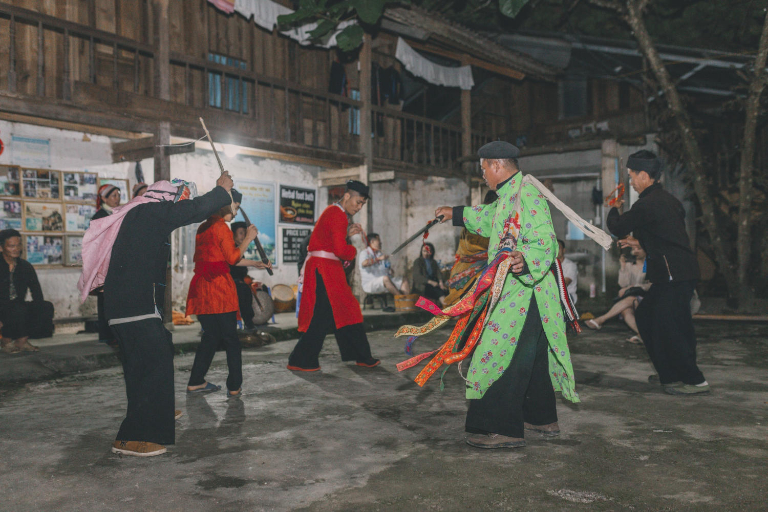
Through requesting the blessings of Ban Vuong, the venerated ancestor of the Red Dao people, the dances also act as a kind of contact with the ancestors. These dances are thought to help the spirits to guarantee the wealth and welfare of the village, therefore promoting harmonic living circumstances and abundant crops.
The Cap Sac Festival stands as a timeless tradition that celebrates the values and beliefs of the Dao ethnic group. This cultural jewel helps to preserve ancestral rituals and links generations. And to understand better, you can join the Ha Giang Loop, the tour guides will give you all the information about the festival.
Related post:
- Exploring the Buckwheat Flower Festival in Ha Giang: A Stunning Natural Experience
- Gau Tao Festival: Experience the Heart of Ha Giang’s Cultural Heritage
- Ha Giang’s Fire Jumping Festival | Exploring the Pa Then’s Tradition







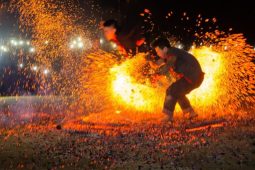
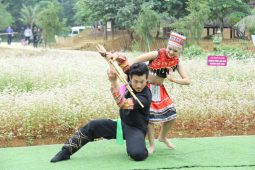
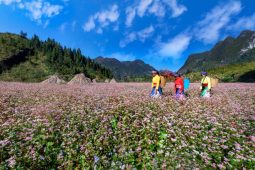
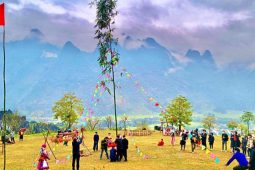

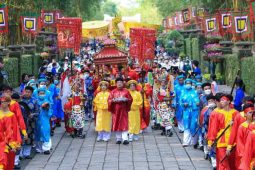
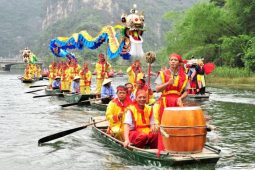
Be the first to comment!